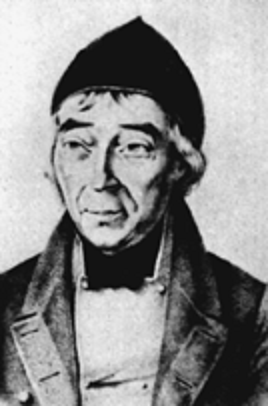Two recent manuscripts describe adaptive evolutions to clinal/latitudinal variations in Drosophila species to supplement a growing wealth of recent studies on geographic variation and adaptive evolution in natural populations of fruitflies (eg. see Kao et al. 2015, Zhao et al. 2014).

A.H. Sturtevant, discoverer of Drosophila simulans, in the Drosophila stock-room of the Kerchoff Laboratories. Image courtesy: http://www.nobelprize.org/nobel_prizes/medicine/laureates/1933/morgan-article.html
Bergland et al. 2015 – Secondary contact and local adaptation contribute to genome-wide patterns of clinal variation in Drosophila melanogaster
Previous studies have recorded geographical clines in D. melanogaster, particularly to do with hardier, yet less fecund individuals at higher latitudes versus tropical relatives. However, their ancestral demography, particularly to do with colonization history to North America and Australia remains contentious – with two plausible histories – one of secondary contact and adaptation, versus ancestral admixture and recent colonization. Using genome-wide data from D. melanogaster sampled across continents (~32 populations), Bergland et al. (2015) show through simulations, estimates of admixture using Patterson’s D statistics, and Fst outliers that (a) African populations exhibited greatest diversity among populations analyzed, (b) clustering of North American and Australian populations between African and European populations, indicative of secondary contact between the latter two, also supported by simulated ancestral proportions, (c) negative correlation of African ancestry versus positive correlation of European ancestry with latitude in both North American and Australian populations, (d) Western African populations as most likely sources of African components of both North American and Australian flies, and (e) numerous SNP’s identified to be significant outliers in Fst in North America, versus none in Australia.
…the recent demographic history of this species in North America and Australia is collinear with both local adaptation within these newly colonized continents and among the ancestral ranges.
Machado et al. 2015 – Comparative population genomics of latitudinal variation in D. simulans and D. melanogaster

JW Meigen – German entomologist that described Drosophila melanogaster in his seminal 1830 publication, Systematische Beschreibung der bekannten europäischen zweiflügeligenInsekten
Using similar analyses, Machado et al. 2015 compare clinal variation in two Drosophila species – D. simulans and D. melanogaster, with predicted lower variation in D. simulans predicted through previous phenotypic studies. Using > 2 million SNP’s identified across 267 female flies of D. simulans (and comparable data from D. melanogaster from the previous study), measure genetic differentiation, diversity, a generalized linear model for clinal variation in allele frequencies and latitude, and enrichment of similar variation in the two species. Their results suggest (a) greater clinal variation in SNP’s as predicted in D. melanogaster (3.7%), than D. simulans (2.5%) with strong association of this variation with genetic differentiation (Fst), (b) consistency of this clinal variation over time, (c) no significant enrichment for shared clinal variants (SNP’s) in the two species, but 56% of shared clinal genes in both species, (d) increased clinal variants on the X than on autosomes in D. simulans, compared to D. melanogaster, and (e) weaker pattern of isolation by distance in D. simulans than D. melanogaster.
We argue that one contributing factor to these differences is the ability of the two species to overwinter in temperate climates, causing differences in bottlenecks and migrations. However, despite differences in demography, we do see an enrichment of shared clinal genes between the two species, suggesting that climate-associated selection might act on similar genes and phenotypes in the two taxa.
References:
Bergland, Alan O., et al. “Secondary contact and local adaptation contribute to genome-wide patterns of clinal variation in Drosophila melanogaster.” bioRxiv(2015): 009084., also Molecular ecology (2015). DOI: 10.1111/mec.13455
Machado, Heather E., et al. “Comparative population genomics of latitudinal variation in D. simulans and D. melanogaster.” Molecular ecology (2015). DOI: 10.1111/mec.13446
Kao, Joyce Y., et al. “Postmating reproductive barriers contribute to the incipient sexual isolation of the United States and Caribbean Drosophila melanogaster.” Ecology and evolution 5.15 (2015): 3171-3182. DOI: 10.1002/ece3.1596
Zhao, Li, et al. “Origin and spread of de novo genes in Drosophila melanogaster populations.” Science 343.6172 (2014): 769-772. DOI: 10.1126/science.1248286
